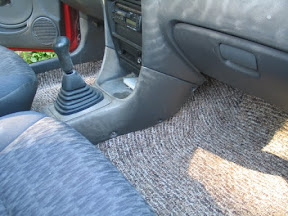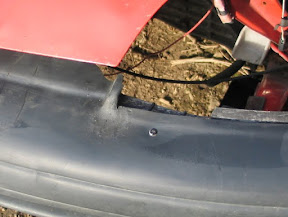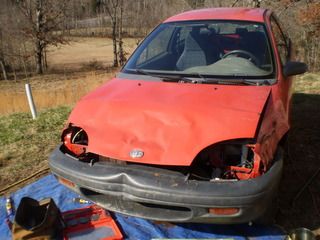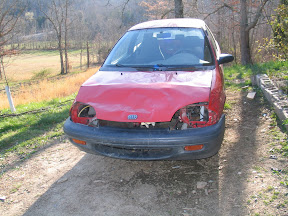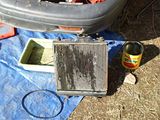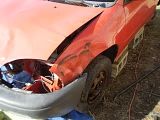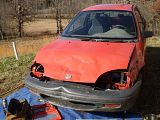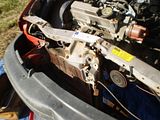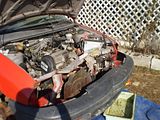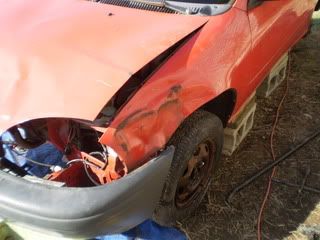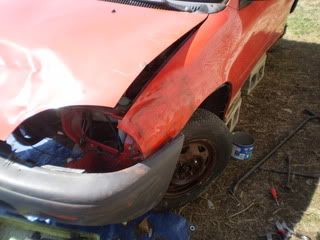I've decided to take a new direction with my Metro. As you may remember, part of the original idea was to buy a cheap one that needs work, and fix it up for sale at a higher price. The first questions, then are:
1. What can I buy them for
2. What can I sell them for,
3. What does it cost to fix it.
I have yet to find any concrete answers to these questions.
In the first question, I have been monitoring Geo prices for over 4 months. They range from $3000 down to $100 in this area. Now of course that is only the listing price, I have no way to know what they are actually selling for. I paid $200 for one, only to find so many problems that I would gladly have paid $400 to avoid them. But if I hadn't seen that one, then I might have paid $400 for similar problems, and wish I'd bought a better one for $600! The same junker could be sold for $50, $100 $200 or $400 and its hard to tell what's a fair price.
In the second question, I really am lost. First off, how much would a person pay for a fixed up geo metro? It depends on the person, I suppose. And the car, to a lesser extent. I don't think there is an established price, except for basic transport, which is 1000 to 1500. There may not be a market above this level. On the other hand, at least a quarter of the metros I see are priced around 2000 or higher, as high as 3500. So what makes these cars different? Maybe the owners are dreaming. Maybe the cars really are “better” in some sense. They certainly are clean, with no obvious problems. So is that worth $1000? I don't know.
The third question is relatively easy to answer. The parts are readily available, and you simply total up what needs replacing and weigh that against the cost of the car. Then you know if its worth purchasing. But that calculation depends on the answers to the other two – like this: I see a car for $200. I can fix the car (I think) for $800 in parts and 30 hrs of labor, at $35/hr, about $1000, so I need then to sell for $2000. But if I can't sell it for $2000, I can't make that one work. How do you find out the absolute sale price without risking a lot of investment? I don't know. I suspect there is not a market for “fixed up” Geos, only for cheap ones that still run. The “nice” metros are few and far between, and those who appreciate them are mostly already members of the GMF.
So, as I said I am changing direction: I am going to keep the metro, because I do appreciate all the finer points, and I can just fix the parts that I care about. I may put carpet in it, but I am much more anxious to get it drivable first. This takes out the guesswork of knowing what I should fix and to what degree – I don't really know what “most people” value in a car, but I know what I want.
I am selling my Volvo 240 wagon, to clear the decks and free up some cash. The metro will be my only car, and I hope it does me well. Of course, I have the use of other vehicles, but this one is mine, and I will use it as such.



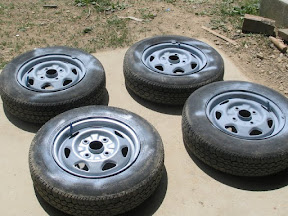




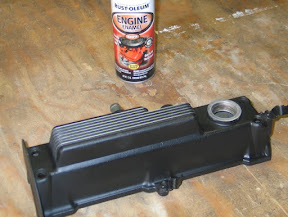





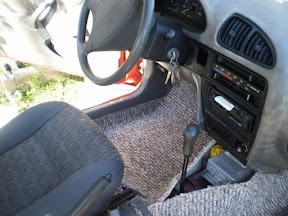
 -
- 